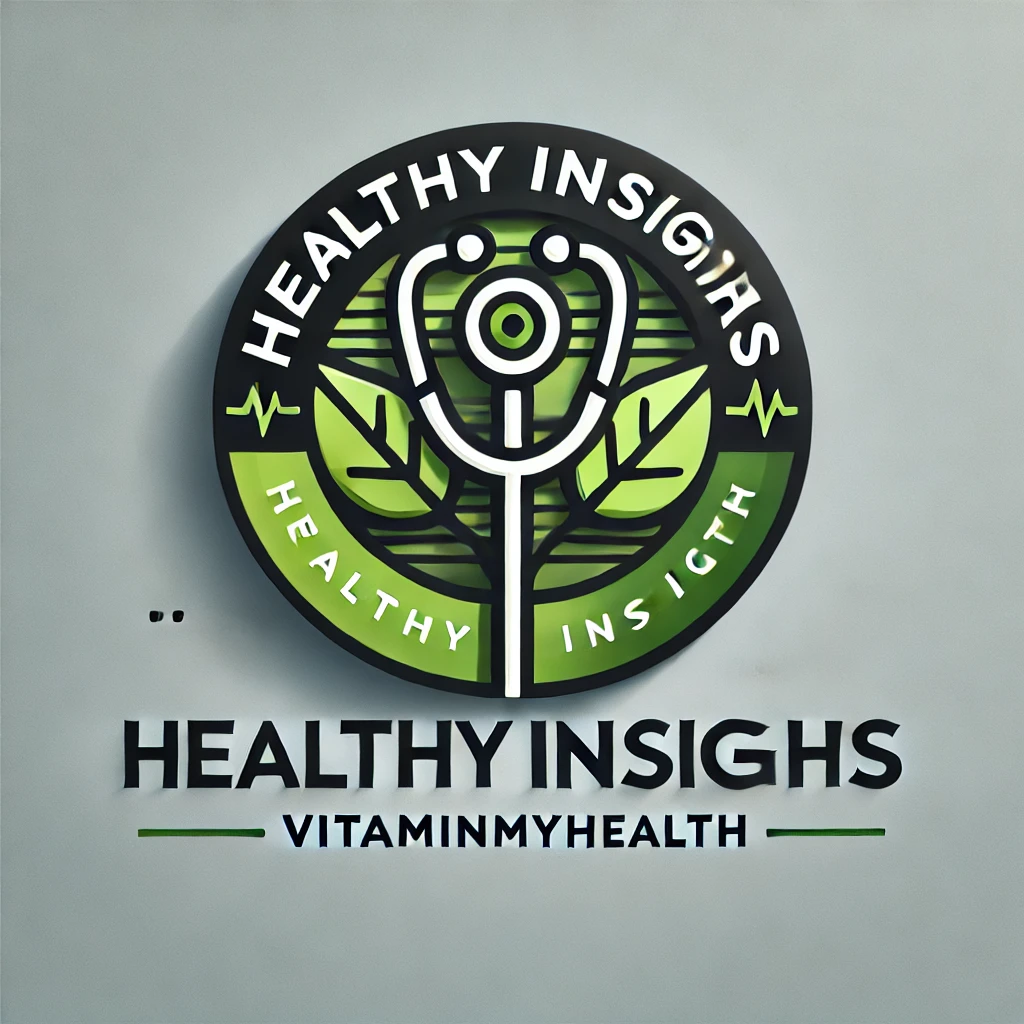Vitamin D: Benefits, Sources, Deficiency, and Toxicity
What is Vitamin D?
Vitamin D, also called cholecalciferol, is a fat-soluble vitamin that acts as both a nutrient and a hormone. It plays a critical role in calcium and phosphorus absorption, helping the body regulate bone growth and maintain strong bones.
Unlike other vitamins, Vitamin D can be synthesised in the skin when exposed to sunlight. It is also found in some foods and supplements. Its functions extend beyond bone health — Vitamin D supports neuromuscular activity, immune function, cell growth regulation, and defence against infections.
Vitamin D Synthesis and Metabolism
The process of Vitamin D production starts with 7-dehydrocholesterol, a cholesterol derivative in the skin. When exposed to UVB sunlight, it is converted to provitamin D and then to Vitamin D.
For Vitamin D to become biologically active, it undergoes two hydroxylation steps:
-
In the liver, it converts to 25-hydroxyvitamin D (calcidiol).
-
In the kidneys, it becomes 1,25-dihydroxyvitamin D (calcitriol) — the active form.
Some tissues, like the breast, prostate, and colon, can also perform this conversion, though at lower levels.
Functions of Vitamin D in the Body
Vitamin D is essential for several body processes:
-
Bone Health: Maintains calcium and phosphate balance, prevents rickets in children and osteomalacia in adults.
-
Prevents Hypocalcemia Tetany: Reduces muscle spasms and cramps.
-
Bone Remodeling: Supports osteoblasts and osteoclasts in bone formation.
-
Prevents Osteoporosis: Especially in older adults.
-
Reduces Inflammation: Helps modulate immune and cell growth processes.
-
Neuromuscular Activity & Glucose Metabolism: Aids in nerve function and blood sugar regulation.
Sources of Vitamin D
1. Sunlight Exposure
The primary source of Vitamin D is sunlight. However, many factors affect Vitamin D synthesis:
-
Season and time of day
-
Cloud cover and smog
-
Skin tone (darker skin requires more sun exposure)
-
Sunscreen use
-
UVB rays do not pass through glass
Experts suggest 5–30 minutes of sun exposure, 2–3 times a week, between 10 AM and 3 PM on the face, arms, or legs for adequate Vitamin D.
2. Food Sources of Vitamin D
Although limited, Vitamin D is naturally present in some foods and fortified products, such as:
-
Fatty fish (salmon, sardines, mackerel, tuna, herring)
-
Cod liver oil
-
Egg yolks
-
Beef liver
-
Fortified milk, soy milk, and orange juice
-
Fortified cereals
-
Soft margarine
👉 Read more on food fortification from WHO.
3. Vitamin D Supplements
For people with limited sun exposure or dietary restrictions, supplements provide an easy solution.
-
Commonly available in 1000 IU doses (tablets, capsules, or liquids).
-
Should be taken under medical guidance, especially at doses higher than 4000 IU daily.
Vitamin D Deficiency
Symptoms of Deficiency
-
Bone discomfort (lower back, pelvis, legs)
-
Muscle weakness or aches
-
Falls and impaired physical function
-
Low back pain (especially in women)
High-Risk Groups
-
People with inflammatory bowel disease (Crohn’s, ulcerative colitis)
-
Individuals with obesity (Vitamin D stored in fat but unavailable)
-
Elderly people with reduced skin synthesis
-
People who had gastric bypass surgery
-
Vegans or those with lactose intolerance
Conditions from Prolonged Deficiency
-
Rickets – soft, deformed bones in children
-
Osteomalacia – weak, soft bones in adults (reversible with supplements)
-
Osteoporosis – brittle bones in older adults
Vitamin D Toxicity
Toxicity is rare and usually caused by excessive supplement use, not sun or food intake.
Symptoms of Vitamin D Toxicity
-
Weight loss and appetite loss
-
Irregular heartbeat
-
High blood calcium (hypercalcemia), leading to hardened blood vessels and kidney damage
👉 Always consult a doctor before taking high-dose Vitamin D supplements.
Conclusion
Vitamin D is essential for skeletal health and plays a role in immune support, inflammation reduction, and muscle function. While sunlight remains the best source, many people still experience a deficiency due to lifestyle and environmental factors.
To maintain healthy Vitamin D levels:
-
Get moderate sunlight exposure
-
Eat Vitamin D-rich and fortified foods
-
Consider supplements if recommended by a healthcare professional
Further research is ongoing to understand Vitamin D’s role in non-skeletal diseases like cancer, diabetes, and autoimmune disorders.
Frequently Asked Questions (FAQ)
1. How much Vitamin D do I need daily?
The recommended daily allowance (RDA) for most adults is 600–800 IU. Older adults may need more.
2. Can I get enough Vitamin D from sunlight alone?
Yes, but it depends on factors like skin type, location, and time of year. Some people may still require supplements.
3. Can too much Vitamin D be harmful?
Yes. Excessive supplementation can cause toxicity with dangerous calcium buildup. Always consult a doctor.
4. Which foods are richest in Vitamin D?
Fatty fish, cod liver oil, fortified milk, orange juice, cereals, egg yolks, and beef liver.
5. Who is most at risk of Vitamin D deficiency?
Elderly people, individuals with dark skin, those with limited sun exposure, vegans, and patients with certain medical conditions.


22zaxv
34uz4m
foh9gx
Đang tìm link vào w88 mới nhất? Mình vừa thử link này và thấy hoạt động cực tốt, không cần phải đổi link nữa!
tjl5a8
n137yh
lor69n
tgxpqc
порно русских мам русское порно кончают
i603yp
gttlnn
перевод документов на немецкий бюро переводов языков
bzgxsj
prague drugstore buy weed prague
cocaine prague cocain in prague from brazil